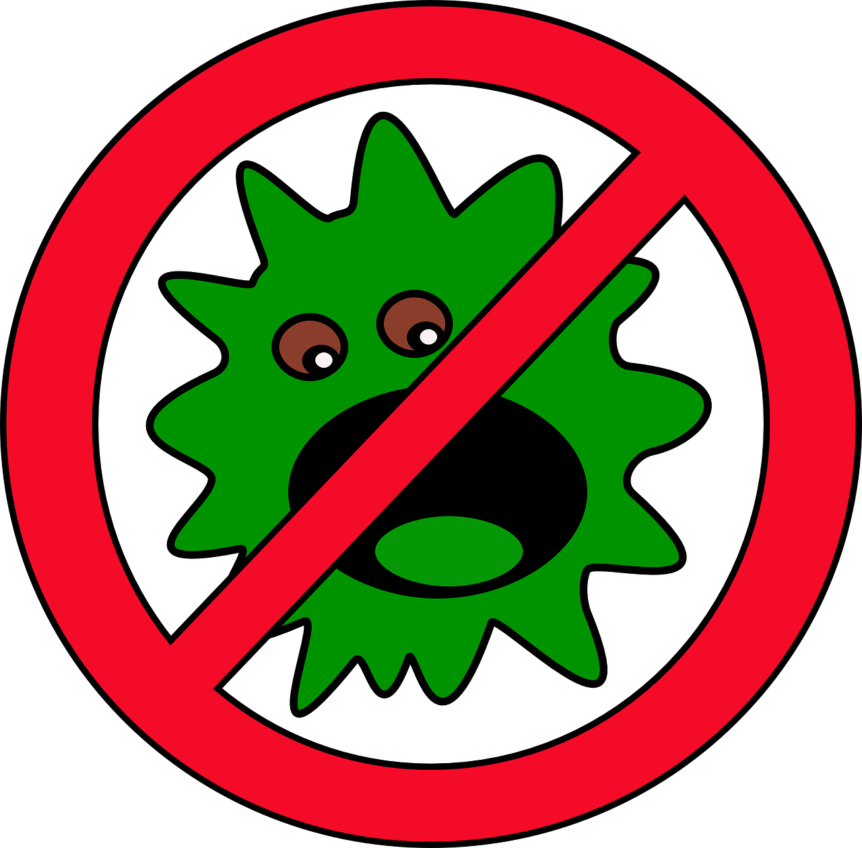During our rising summer heats, what better place to be than the pool. As operators, we immediately feel the increase in attendance; our equipment is feeding more, chemicals are being used up faster, and we are certainly having to verify the chemistry more often. We’re so focused on keeping the water sparkling clear and sanitizer in the water, but it’s also a great time to remind ourselves that Recreational Waterborne Illnesses (RWI’s) deserve some of our attention as well. While we could fill a textbook talking about them, here’s a couple tips to keep in mind, not just in summer, but year-round:
Pseudomonas: Compared to all the other RWI’s, pseudomonas is pretty tame. It is the bacteria that gives us dermatitis, folliculitis, and swimmer’s ear. Some folks refer to it as Hot Tub Rash. It does love the warmer water environments, but it can just as easily grow in any damp areas, like drains and decks. Maintaining proper chemistry levels AT ALL TIMES and washing down the decks, benches, etc. at the end of every day with disinfectant should be all you need to keep your facility from being known as “the place that gives you rashes”. But there’s more areas that this nuisance bacteria could be lurking that isn’t crossing your mind: pool noodles/toys. If your facility has pieces of equipment that enter the pool at certain times and are then removed and stored for later use (flotation aids, exercise supplies, play toys, etc.), are these being cleaned with disinfectant before being stored? A bunch of wet pool noodles sitting in a tote for a week is a paradise for pseudomonas. So if you aren’t already doing it as part of your routine, make sure you sanitize ALL the equipment used in the pool each day, including your pool noodles!
Legionnaires disease: As an operator, we typically associate Legionnaires with hot tubs and water spray features or fountains. And this association is for very good reason; Legionnaires is spread thru aerated water (in other words, mist). That means you don’t even need to have entered a body of water in order to contract it. Legionnaires is a very serious form of pneumonia. It is one of 2 illnesses that can be caused by the bacteria Legionella pneumophila. There is a milder form which stays an infection as opposed to becoming a pneumonia called Pontiac Fever. If the Disneyland outbreak taught us anything, it’s that while maintaining a proper disinfectant level in our water bodies (AT ALL TIMES) is key to preventing an outbreak, there are other areas in your facility that can also become Legionnaires breeding grounds; hot water tanks, cooling towers, and air conditioning systems. These components in your facility should be periodically checked to ensure they are disease free. You don’t want to start an outbreak because the hot water tanks that feed your showers are contaminated or because your giant air conditioning system is misting all your patrons with contaminated mist when they are walking thru the parking lot.
Cryptosporidium: Crypto is the king of diseases when it comes to RWI’s. Unlike the 2 previous diseases, Crypto is fecal related. It’s like the cockroach of the RWI world, it can survive for upwards of 10 days, when all the other RWI’s are taken care of in under an hour with 1 ppm Cl. It has an especially hard outer cell wall, like an eggshell, that gives it such an amazing ability to survive. Crypto is the reason why we respond so aggressively to diarrheal incidents in the pool, maintaining at least 20 ppm of Cl for at least 13 hours. But what if you are a facility that has cyanuric acid in the water? How does that effect your ability to keep Crypto under control? While most of us are aware that cyanuric acid helps maintain our free Cl effectivity in the presence of UV exposure, did you know that it can actually hinder your ability to deal with Crypto? Cyanuric acid forms a weak bond with Chlorine, protecting free Cl particles from the damaging effects of the sun. Cyanuric does not dissipate or get used up, it requires draining to lower levels. As more and more of it builds up in your water, it eventually binds up the Free Cl so bad that you lose all effectivity, meaning you are no longer disinfecting. Know what kind of Cl your facility uses and make sure it is the right one for you. Stabilized chlorine is not an appropriate sanitizer in indoor pools. For outdoor pools that need the cyanuric, regularly test your CYA levels and expect to routinely add fresh water to the bodies to keep the CYA levels down at an appropriate level. Even in indoor pools, I recommend occasionally testing CYA, as sometimes buckets of Di-Chlor and Tri-Chlor mysteriously appear in the pump rooms of indoor facilities.
While maintaining proper chemistry levels (AT ALL TIMES) is key to preventing RWI’s, a clean and properly functioning filtration system is also necessary. With all the cooties and gunk that is caught in our filters, it is a potential ground zero for contaminating your water. Regardless of what type of filters you have, always remember to make cleaning your filter media your last step after responding to a “Code Brown” and stay on top of pressure changes in your filter which could signal dirty media.
You might also enjoy:
Tipping the Scales of Water Balance

